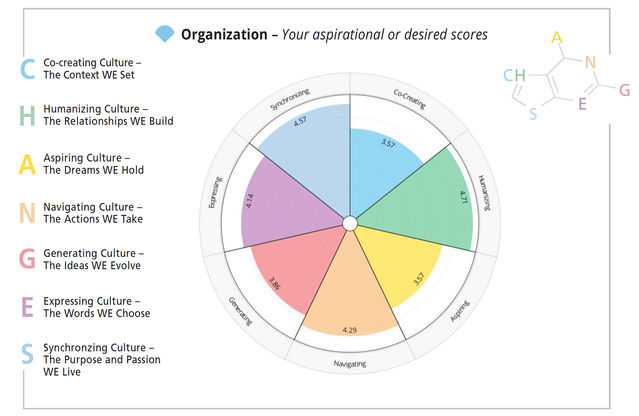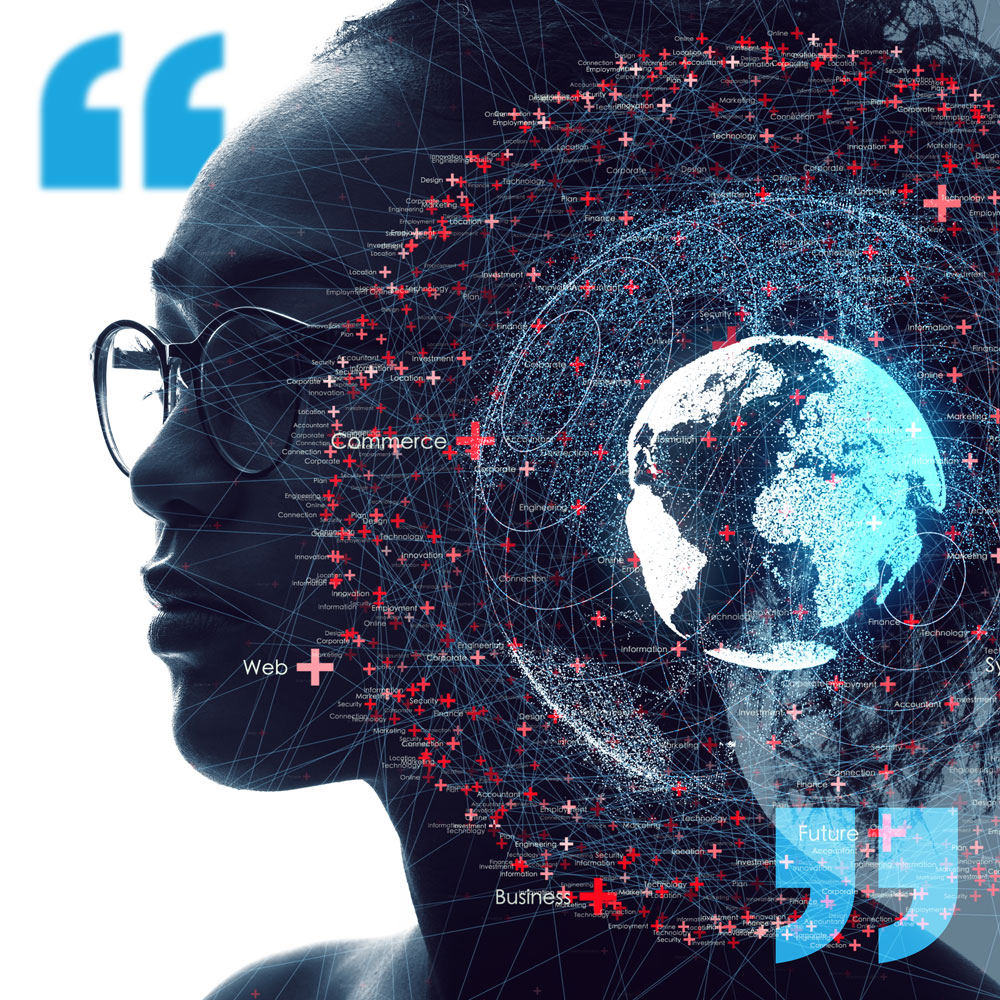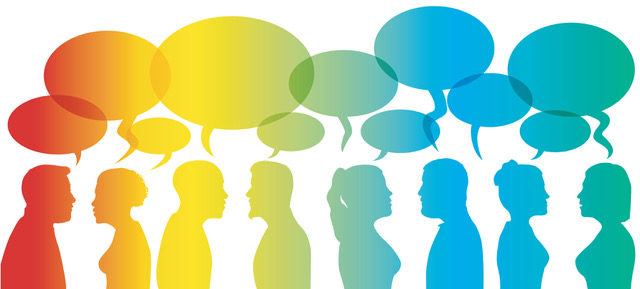By Nicklas Balboa and Richard D. Glaser, Ph.D.
Published in: Psychology Today
How culture shapes our brain and sense of self.
Human beings are biologically driven—that is, we are compelled by our natural drives. We seek friends and support, we seek a pair-bond or partner, we seek happiness, and we seek an identity. How does one find and construct an identity?
A Peek Below the Surface
UCLA neuroscientist Matt Lieberman shows that there are two parts of the prefrontal cortex used for processing information salient to the human identity—the medial prefrontal cortex, or mpfc (BA10) and the dorsal medial prefrontal cortex, or dmpfc (BA9) (Lieberman 2018). The mpfc is active during our default mode, or when we are not focused on the external environment, and biases us to shift our thinking to become egocentric, while the dmpfc is active when processing salient social information pertinent to one’s position in groups as well as the perspective of others. We quite literally process thoughts about ourselves and thoughts about others in different parts of the brain. This is a reflection of the dynamic and co-optive nature of identity.
Three main constituents of identity are how you view yourself, how others view you, and how you judge/act based on others’ perceptions of you. Whether or not the perspectives are those of your immediate friends, family, or the social norms of your culture, they significantly shape your sense of identity. For example, Sigal Barsade’s discovery of the "Ripple Effect" shows how moods can transfer among groups and influence their behavior, emotions, and even personal opinions (Barsade 2002).
If you pause to think about this, it makes a lot of sense. When we engage in internal dialogue, whether through language or visual imagery, the brain begins to sift through information that is salient to the individual’s needs. For example, when we take a moment to "self-talk," we are addressing the ego and its feelings, needs, and drives. Alternatively, when we begin to engage externally with the environment or with others, a different set of rituals and engagements dictates our ability to connect, navigate, and grow with others.
This is what Judith E. Glaser defines as Conversational Intelligence®. The ability to see others’ perspectives unlocks a new form of development that forever changes identity. When we learn that we share experiences, words, perceptions, and interests with other people our brains become fixated on how others view us and how to make them like us. According to Stephen Porges, the drive to mutually connect fulfills a basic mammalian biological need. In order to build lasting relationships of trust and happiness, we need to lower our guard and find common ground. A simple way to achieve this with another person is through the discovery of a shared a mutual interest.
Affective Imagery
When constructing an identity we seek resonance in certain imagery, these are called affect images. Coined by John Perry, a distinguished professor of psychiatry at the University of California, affect images are those that ring straight through to the nervous system, and bring people together under the banner of trust in unity (Campbell 2016). For some the "vital symbol" is music; for others it is the sign of the cross or a flag. We search for affect images both as individuals and as social groups.
The Power of Culture
Our cultures are powerful propagators of information and are shaped by the values and ideas promoted within. The culture that you come from can shape your personal attention style, memory, and emotions (Dimoka 2015).
In Eastern cultures, communities tend to find identity in their shared culture. Social roles are accepted more readily because by bringing together separate parts, they make a whole, and erase the individual entirely like a “drop of water slipping into the sea.” (Campbell 2016)
Alternatively in the West, the individual is sent inward to search for an identity and fulfill their “destiny” through the discovery and pursuit of a life passion/purpose. This encouragement for ego searching (wishing, wanting, desiring, fearing) and the lack of proper practice in ritual, navigation, and mythology could provide clues to the development of mental health issues in the West.
The newest form of culture in America is the work life. The average American spends 8 hours a day at a company in which they develop lifelong relationships, cultivate personal aspirations, and hopefully achieve their goals while maintaining health and happiness. But do all organizations promote cultures of positivity?
The DNA Catalyst Tool™ highlights the conversational competencies that are needed to cultivate a nourishing, thriving WE-centric environment during change, a vital step on the journey toward Conversational Intelligence®.

7 Dimensions of CHANGES:
- Co-Creating: working together to move from I to WE.
- Humanizing: trusting, respecting, appreciating, and honoring others with an openness to have difficult conversations with candor and caring.
- Aspiring: expanding dreams and aspirations with others to be able to achieve greatness.
- Navigating: sharing ideas, information and breaking down silos to collaborate across boundaries.
- Generating: discovering next generation thinking by opening the space for testing, experimenting, challenging the status quo, and asking “what if questions.”
- Expressing: developing the leadership voice in others, including being able to speak up and push back on authority.
- Synchronizing: measuring and celebrating success; focusing on milestones, and ways to capture progress toward achieving shared goals.
References
Lieberman, M. (2018). Why people are always thinking about themselves. Retrieved from http://www.scn.ucla.edu/pdf/Meyer(2018)JCN.pdf
Barsade, S. (2002). The Ripple Effect: Emotional Contagion and Its Influence on Group Behavior. Science Quarterly,47 (4), 644-675. doi:10.2307/3094912
Campbell, J., & Fairchild, J. E. (2016). Myths to live by. London: Souvenir Press (Educational et Academic).
Dimoka, A., & Isabella, G. (2015). Culture Differences, Difficulties, and Challenges of the Neurophysiological Methods in Marketing Research. Retrieved from https://www.tandfonline.com/doi/abs/10.1080/08961530.2015.1038761









